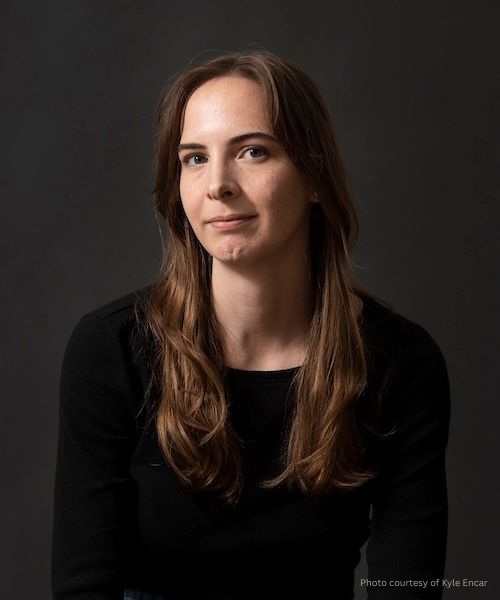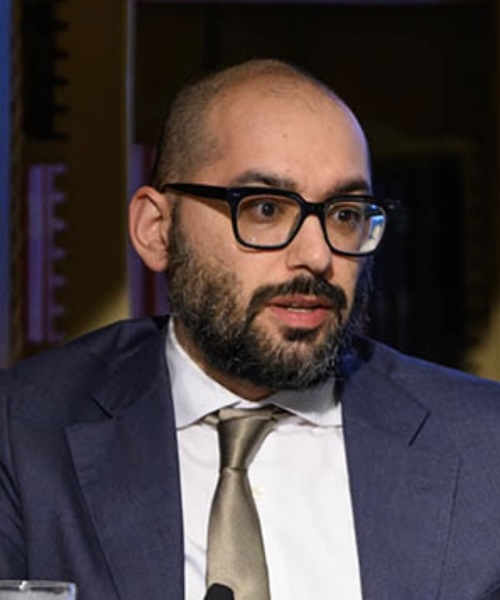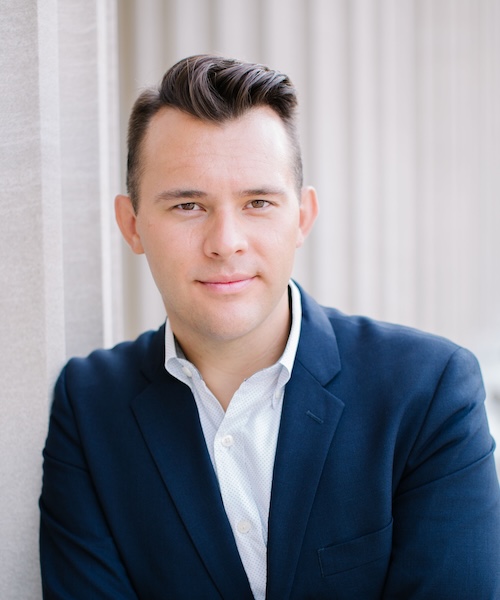Upon his election in May 2025, Leo XIV—the Chicago-born Robert Prevost—was welcomed as the first North American pope, following in the footsteps of the first South American pope, Francis. However, as greater attention is paid to Prevost’s biography, a more expansive identity comes into view: born into the United States, having spent nearly two decades as a missionary and bishop in Peru, and descending from a mix of French, Spanish, Creole, Dominican, and Québécois ancestry, Leo XIV may be more accurately described as the first Pan-American pope.
The geographical and cultural origins of recent popes have played an important role in shaping their priorities, theological emphases, and engagement with the global Church. John Paul II, born in Poland in 1920, spoke against political repression and Western materialism, Benedict XVI, shaped by postwar German Catholicism, emphasized the revival of a traditionalist Church, and Francis, from Argentina, was attentive to the needs of what he called the “periphery.”
Before his papacy, Prevost served as the prefect for the Dicastery for Bishops and was widely regarded as a trusted figure in Pope Francis’ inner circle. His experience across both the Global North and South of the Americas places him in a unique position to continue and shape the Church’s developing vision.
This Berkley Forum asks: How might Leo XIV’s place(s) of origin impact his furthering of Pope Francis’ initiatives and his articulation of Catholic social teaching more broadly as his pontificate takes shape?





